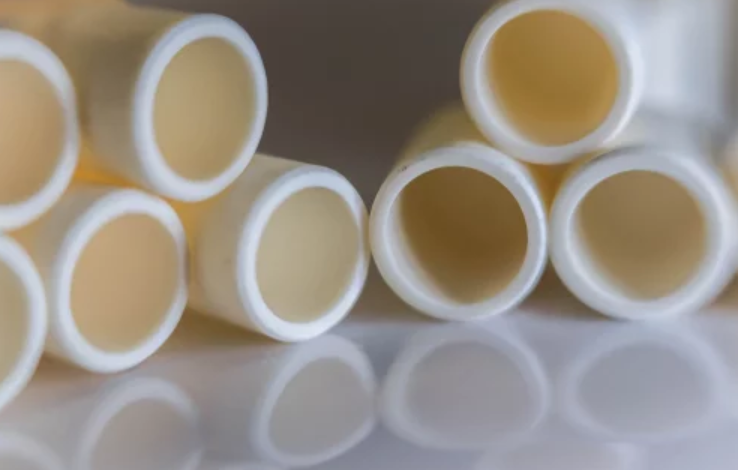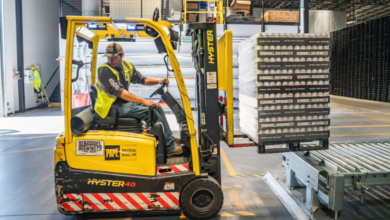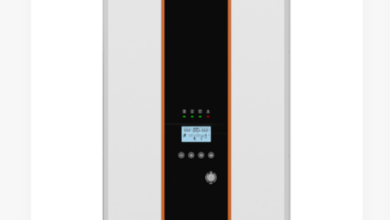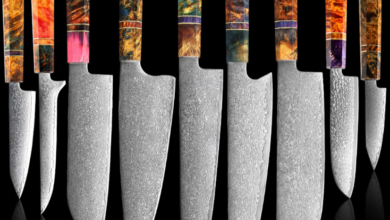Unlocking the Power of Ceramic Injection Molding: Precision, Strength, and Smarts

In today’s high-tech manufacturing landscape, ceramic injection molding (CIM) is gaining serious ground. It blends the shape-control benefits of plastic injection molding with the advanced material properties of ceramics. When exploring how this process is applied in real-world industries, you’ll often come across examples explained with wunder-mold that highlight just how versatile and reliable the technology can be. Read on to discover how CIM uniquely delivers unmatched precision, long-lasting durability, and cost efficiency in demanding engineering applications.
The Precision Edge
Precision is often nonnegotiable in sectors like aerospace, medical devices, and electronics. Ceramic injection molding can deliver parts with extremely tight tolerances that would be difficult (or impossible) to achieve using conventional shaping methods.
When the feedstock, a mix of ceramic powder and binders, is injected under high pressure into a mold, it fills minute features, undercuts, and fine geometries with fidelity. After molding, the part is debound and sintered, during which shrinkage is well understood and controlled. Because engineers can predict the shrinkage and compensate for it in tooling, the final product closely matches the intended design (often to within a few micrometers).
1. Complex geometries without compromise
CIM allows for internal channels, thin walls, intricate cavities, and interlocking features in a single manufacturing step. Traditional machining or pressing might require multiple operations or compromises in form.
2. Repeatable accuracy
Once a mold is validated, each shot yields parts virtually identical to every other, critical for high-volume production where consistency is vital.
Unmatched Durability and Material Performance
Precision is only one piece of the puzzle. The real strength of ceramic injection molding lies in the exceptional properties of ceramics themselves. Parts produced via CIM can outperform many metals and polymers in demanding environments.
3. High hardness and wear resistance
Advanced ceramics like alumina and zirconia (frequently used in CIM) are extremely hard and resist surface wear or abrasion over time. This makes them ideal for applications such as valves, nozzles, sensors, or seals. Zirconia in particular is renowned for its damage tolerance and crack resistance.
4. Thermal and chemical stability
Ceramic parts tolerate extreme temperatures (well above what common plastics can endure) and resist chemical attack from solvents, acids, or corrosive gases. This makes CIM parts ideal for high-temperature or aggressive environments.
5. Electrical insulation (or tailored conductivity)
Many ceramics are insulators by nature, making them excellent for components that must isolate electrical paths. At the same time, by adding dopants or conductive phases, CIM can produce parts with controlled conductivity where needed.
Fun fact: CIM found its early application in producing spark plug insulators, a domain that demanded both precision and insulation under high temperatures.
See also: Smart Cities: The Role of Technology in Urban Transformation
Cost Efficiency: Smart Investment for High Performance
At first glance, ceramic molding may seem costly. But when the full lifecycle is considered, it often proves more economical, especially in moderately high volumes and demanding applications.
6. Near-net shaping reduces waste
Because CIM produces shapes close to the final desired geometry, there is minimal material excess and little need for extensive post-machining. That cuts down both material waste and labor time.
7. Lower tooling costs vs. specialized machining
While the mold fabrication itself can be intricate, it’s generally less expensive than the cumulative cost of specialized machining of ceramics, which is extremely challenging and slow. Once a mold is in place, each additional part is relatively low cost.
8. Consolidation of assemblies
CIM often allows multiple functional features or parts to be integrated into one monolithic component rather than assembling many pieces. That reduces assembly labor costs, inventory complexity, alignment issues, and potential failure points.
9. Long service life and reliability
Because ceramic parts resist wear, corrosion, and degradation, they often last much longer than metallic or polymer counterparts. That reduces replacement, downtime, and maintenance costs over the product’s life.
Use Cases That Showcase the Benefits
Here are a few application stories where CIM shines:
● In the medical industry, complex ceramic parts for implants or surgical tools demand biocompatibility, tight tolerances, and sterilization resilience. CIM meets those needs.
● In electronics, dielectric packages, sensor housings, or insulating substrates require precision and temperature stability.
● In aerospace or automotive systems, sensors, nozzles, or heat-resistant components made by CIM ensure safety and reliability under extreme conditions.



